How To Do The Supta Matsyendrasana And What Are Its Benefits

Image: Source: Shutterstock
Supta – Reclining, Matsyendra – Lord Of The Fish, Asana – Pose; Pronounced As – SOOP-tah MAHT-see-en-DRAHS-uh-nuh
The Supta Matsyendrasana, also called the Supine Twist, the Reclining Twist, the Reclining Lord Of The Fish Pose, and the Jathara Parivartanasana, is a restorative beginner’s pose. It is said to relax the mind and the body. This asana is named after the Lord of fish, Matsyendra, who was a Yogi and the student of Lord Shiva.
In This Article
Everything You Need To Know About Supta Matsyendrasana
- What You Should Know Before You Do This Asana
- How To Do The Supta Matsyendrasana
- Precautions And Contraindications
- Beginner’s Tip
- Advanced Pose Variation
- The Benefits Of The Supine Twist
- The Science Behind The Supta Matsyendrasana
- Preparatory Poses
- Follow-Up Poses
What You Should Know Before You Do This Asana
You must make sure to keep your stomach and bowels empty before you practice this asana. Have your meals at least four to six hours before you do the asana so that your food gets digested and there is enough energy for you to expend during the practice.
It is best to practice yoga first thing in the morning. But in the event you cannot work out in the morning, it is alright to practice it in the evening.
Level: Basic
Style: Hatha Yoga
Duration: 30 to 60 seconds
Repetition: Once on each side
Stretches: Abdomen, Chest, Shoulders, Lower back, Hips, Middle spine, Upper back
Strengthens: Internal organs, Spine
How To Do The Supta Matsyendrasana (Supine Twist)
- To begin this asana, you must lie flat and straight on your back. Exhale, and gently press your lower back on the floor.
- Contract your abdominal muscles. Then, inhale and bend your knees as you lift your feet off the floor.
- Exhale, and stretch your arms out such that they create one straight line with the shoulders. Place your palms facing downwards so that they give you that extra support. Use your core muscles to support your spine. While you do this, bring your knees and feet together.
- Inhale and lift your feet a little higher than your knees.
- Exhale and lower your legs to the left of the floor, making sure your knees and feet are stacked. You must also make sure that your knees should be at your hip level, and your heels should rest a foot away from your buttocks.
- Breath slowly and deeply as you gently turn your head to your right. Root down your right shoulder such that you are able to maintain a twist in your upper spine. If you keep your arms at the shoulder level, it will help root the shoulders. Hold the pose for about 30 to 60 seconds.
- To release the pose, press your hands into the floor, and contract the muscles in your abdomen. Inhale, and lift your chest and knees over your chest. Hold your knees.
- Exhale. Pull your thighs to your chest, and lift your head and chest to your thighs. Make sure you don’t lift your shoulders as your head is raised.
- Lower your shoulders and head to the floor, and contract your abdominal muscles. Then, stretch out your arms again, and repeat the twist on the other side.
Precautions And Contraindications
These are some points of caution you must keep in mind before you do this asana.
- Avoid practicing this asana if you have severe problems in your lower back.
- If you are pregnant, practice this asana only under the guidance of an expert. You also might be comfortable practicing this asana with a pillow between your knees.
- Avoid this asana if you have had surgery of an internal organ.
Beginner’s Tip
As a beginner, it might be hard to stack your legs in this asana. So make sure you stretch your top knee only as much as you can. Don’t push too much. You could use a bolster or a pillow to rest your top knee. This will help decrease the range of motion.
Advanced Pose Variation
To increase the stretch in your hips, you could try this variation.
Cross the right knee over the left, and then if you are flexible enough, wrap your right foot around the left calf muscles, almost imitating the position of your legs in the Garudasana. Move your hips slightly to the right, and drop your knees to the left. Then, bring your legs back to the center and repeat the asana on the opposite side.
The Benefits Of The Supine Twist
These are some amazing benefits of Supine Twist.
- It ensures your spine and vertebrae get enough movement and, therefore, become more flexible.
- It stimulates and tones your internal organs.
- It offers a complete detox to your internal organs.
- This asana ensures better digestion.
- It gives your shoulders, chest, middle spine, hips, lower back, and upper back a good stretch.
- If you have stiffness or pain in your spine, hips, or lower back, this asana helps relieve it.
- It releases stress and anxiety.
The Science Behind The Supta Matsyendrasana
Just about any yoga twist serves as a balm to help relieve stifled breathing, sluggish digestion, or low energy, apart from different aches and pains. It gives you a boost of refreshing energy. A twist gives you the opportunity to feel the power of wringing out the body from its core. You will feel your breathing improve, and the tension in your neck and back ease out. A twist also soothes frazzled nerves. When you assume a reclined position, you linger around in the spirals and curves of the posture, and therefore, allow the twist to penetrate deep into the spine. At the end of it, you are sure to feel clean, rejuvenated, and refreshed.
Preparatory Poses
Follow-Up Poses
Now that you know how to do seated twist yoga pose, what are you waiting for? A twist is comfortable and comforting, and this twist, with added health benefits, is totally worth trying.
Read full bio of Shirin Mehdi



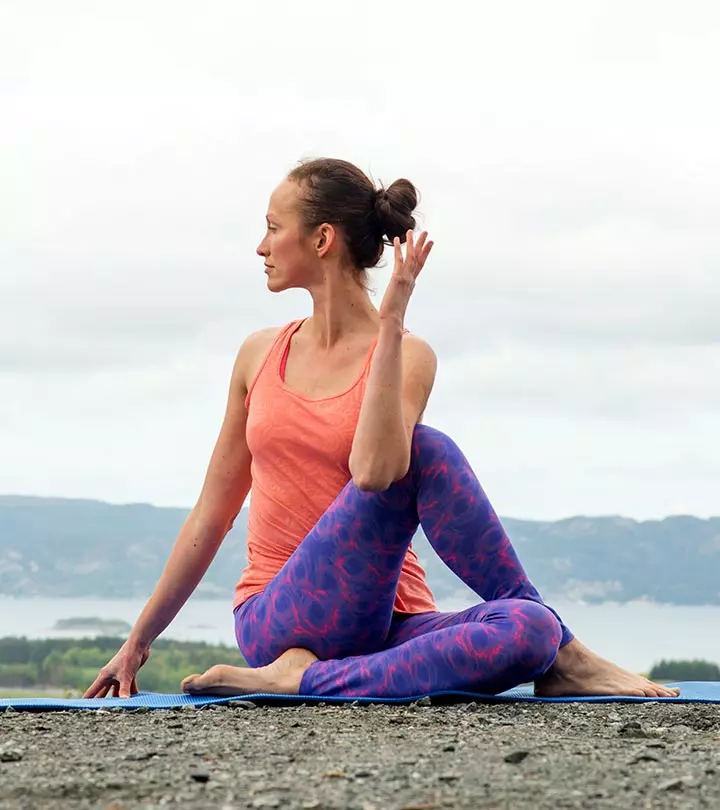
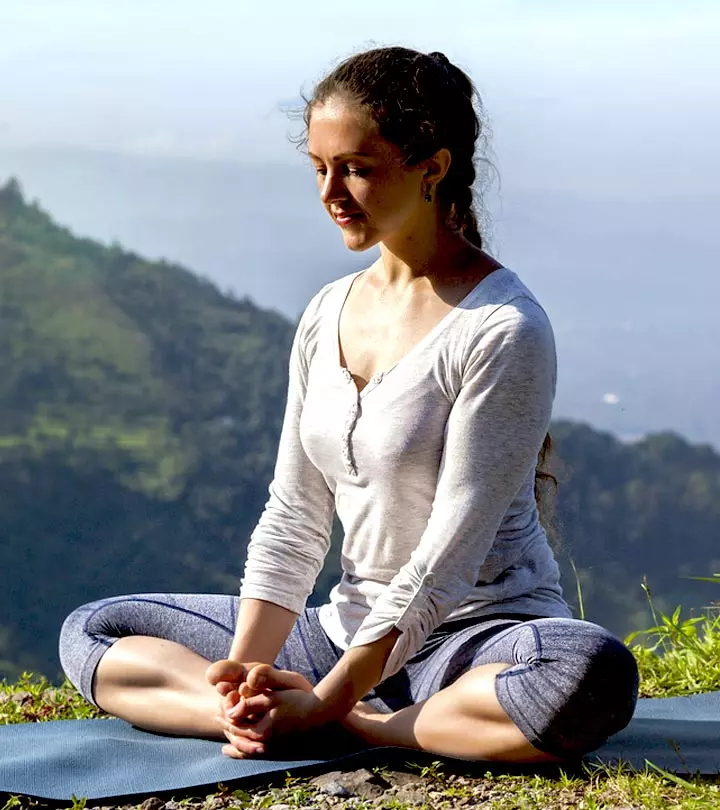
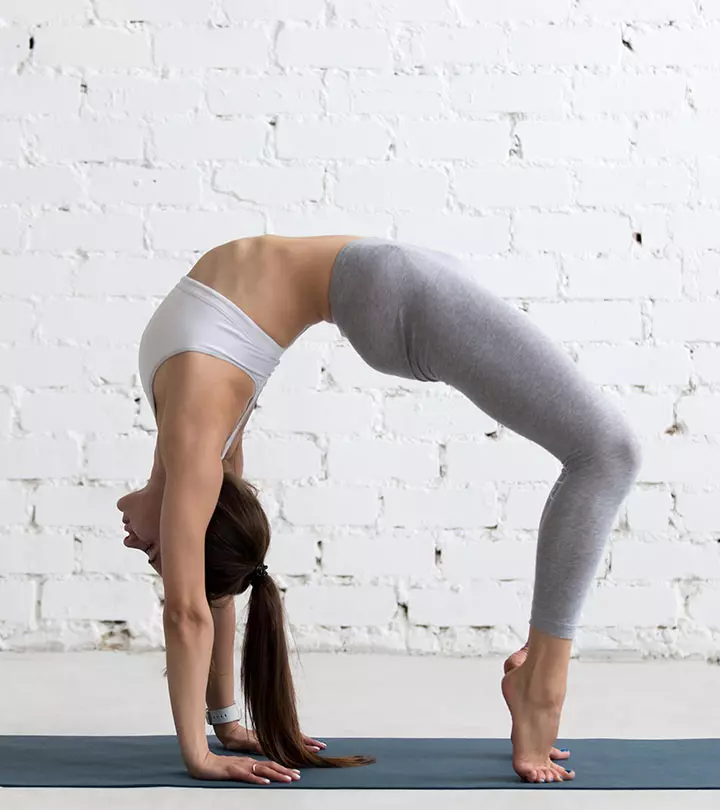
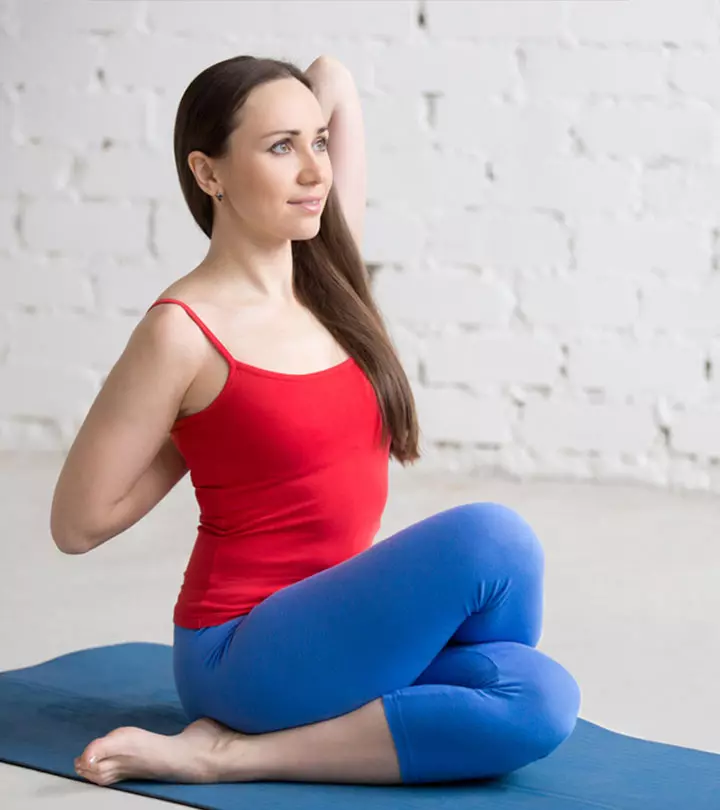
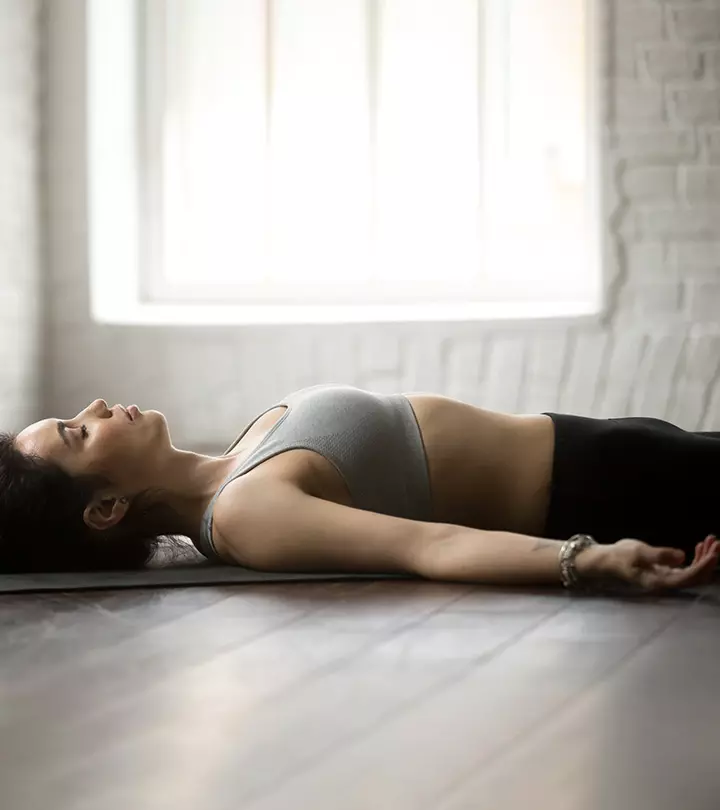

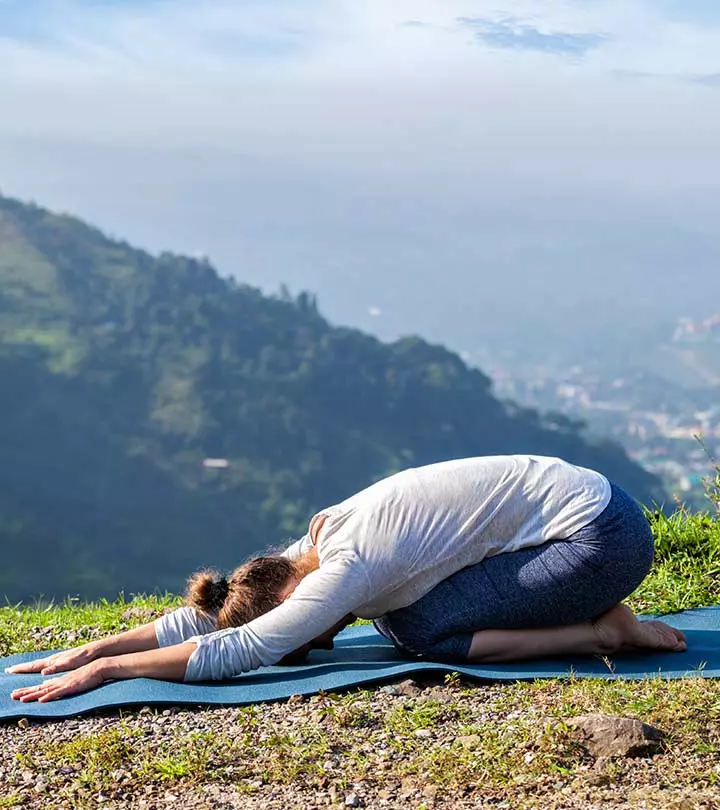

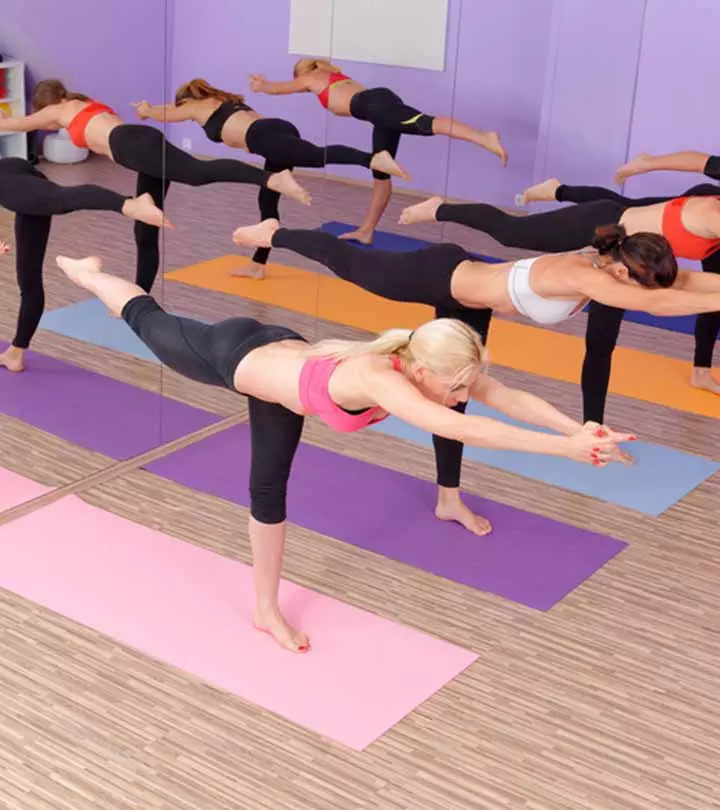
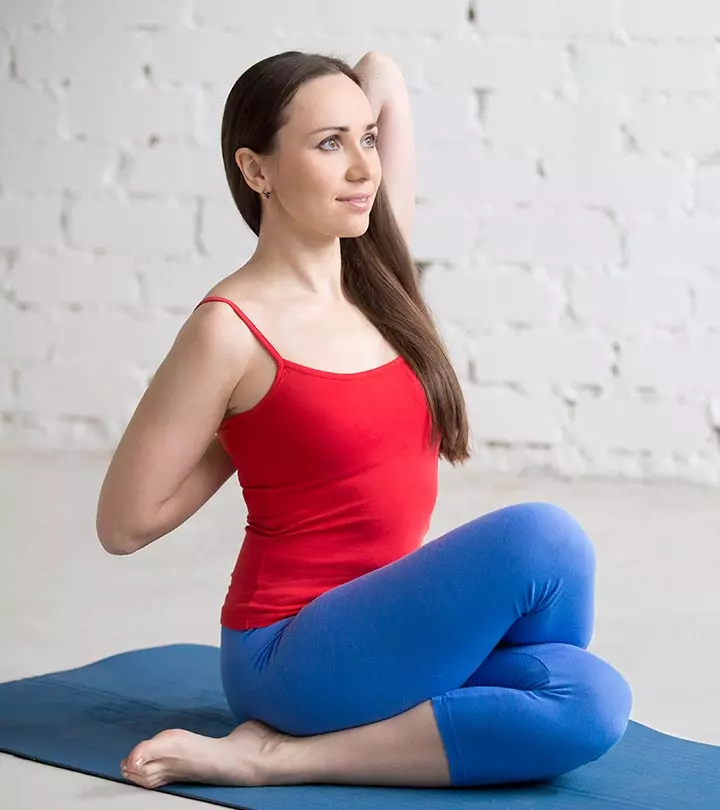
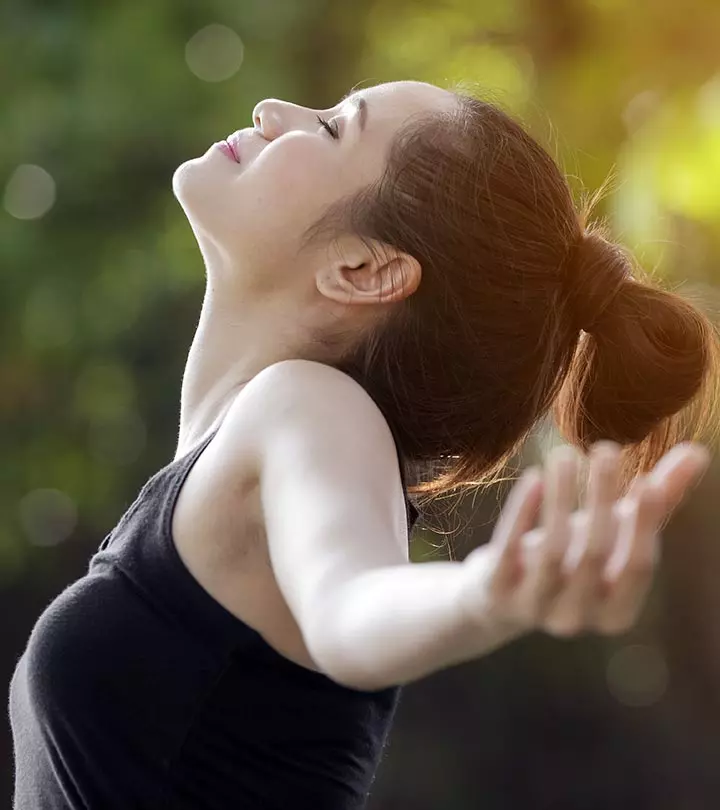
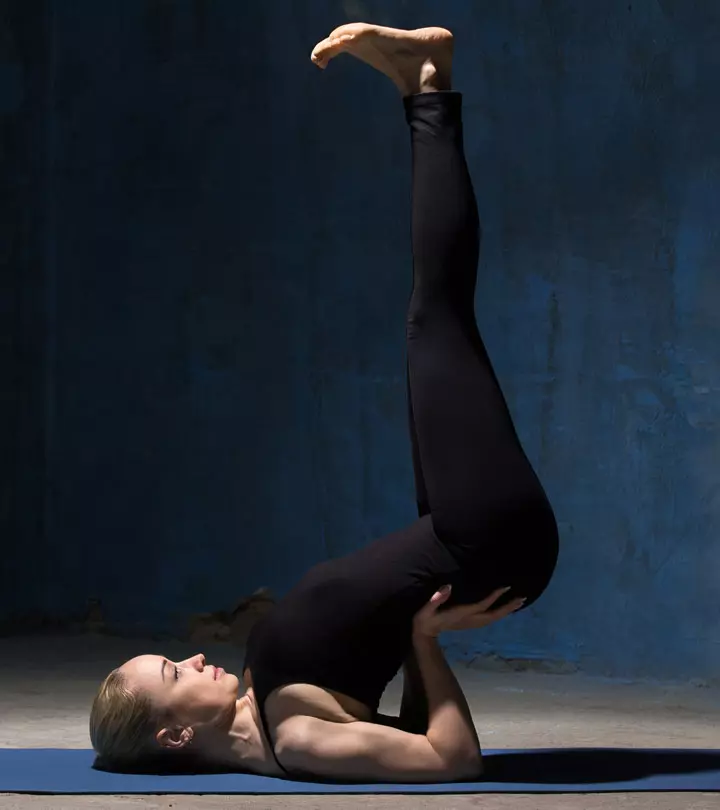
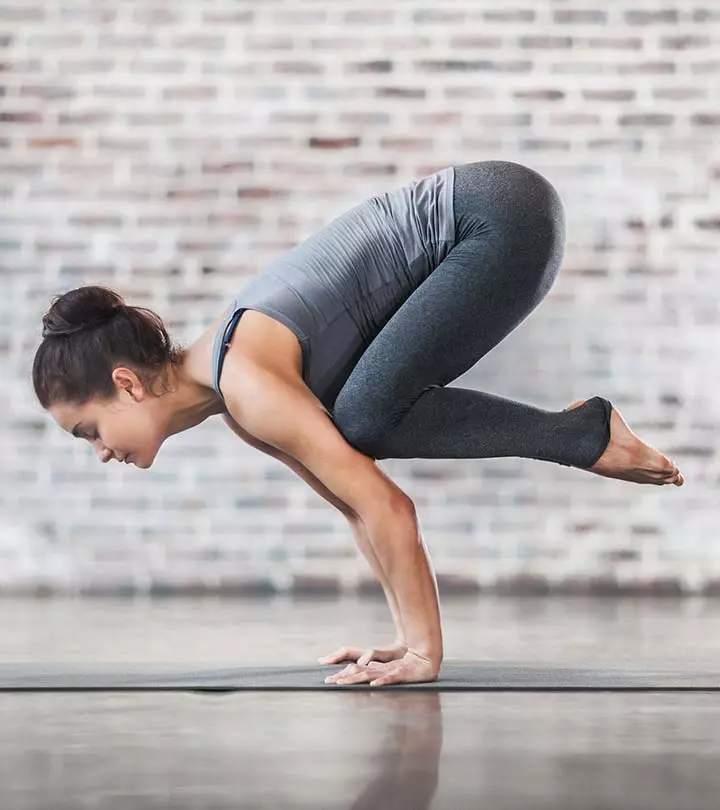

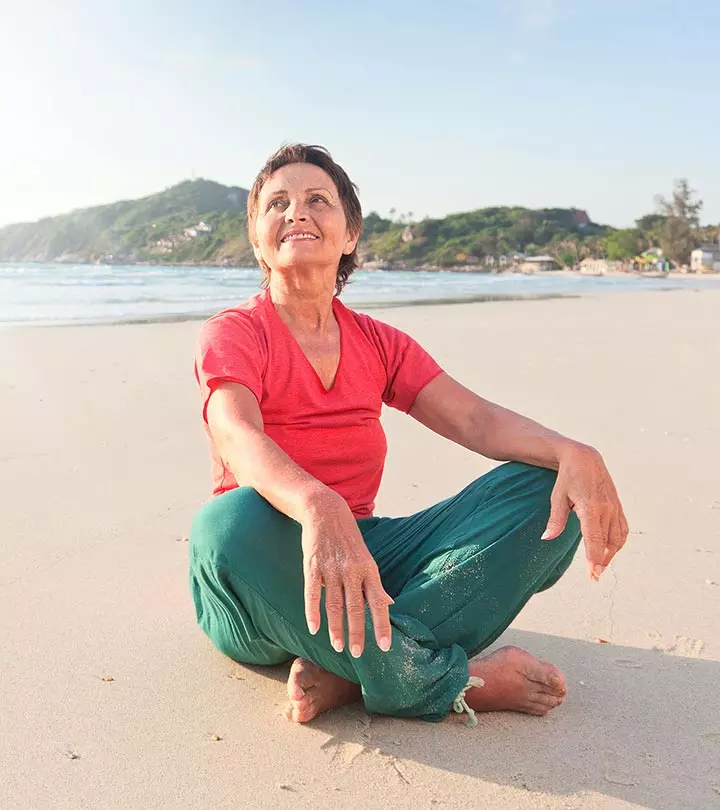

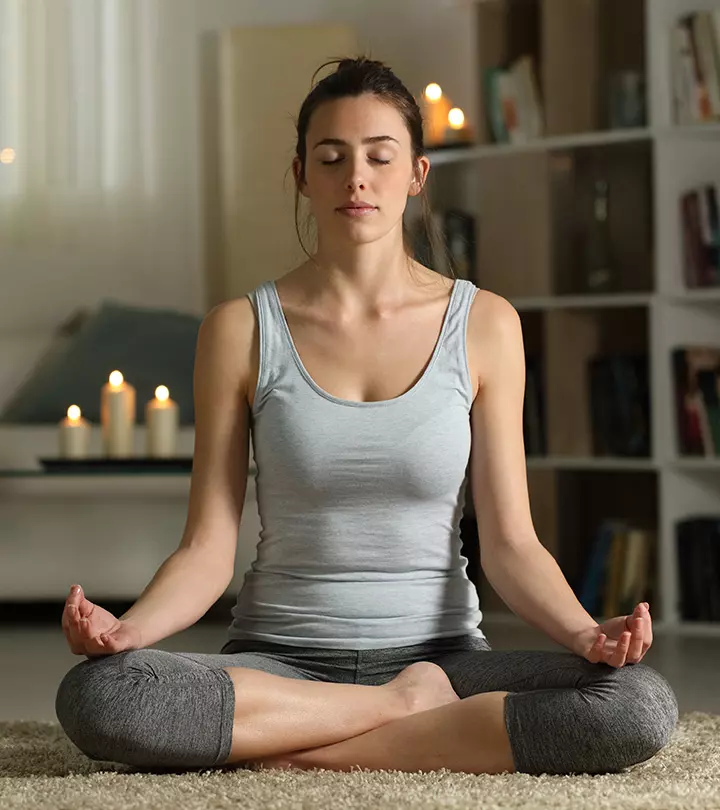
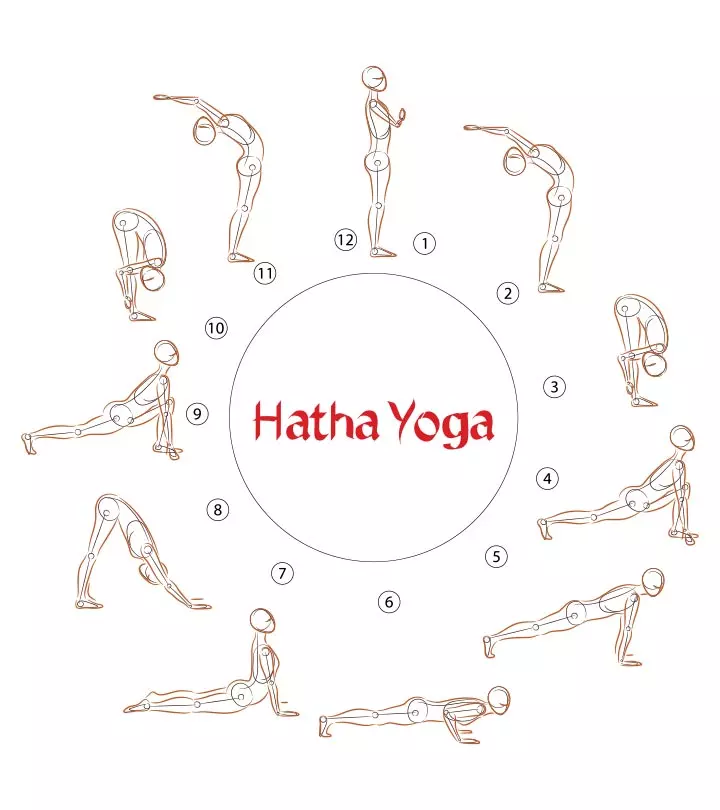
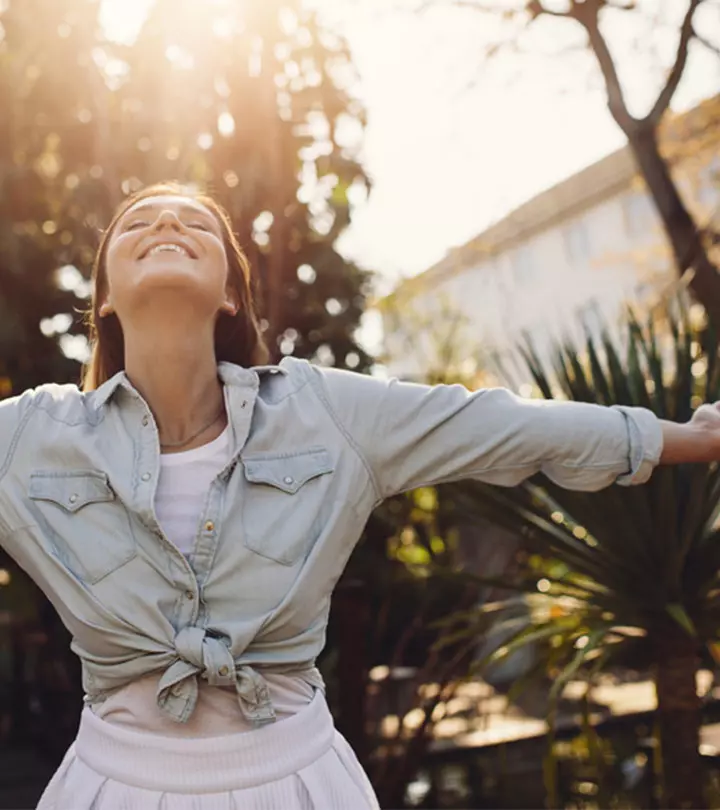
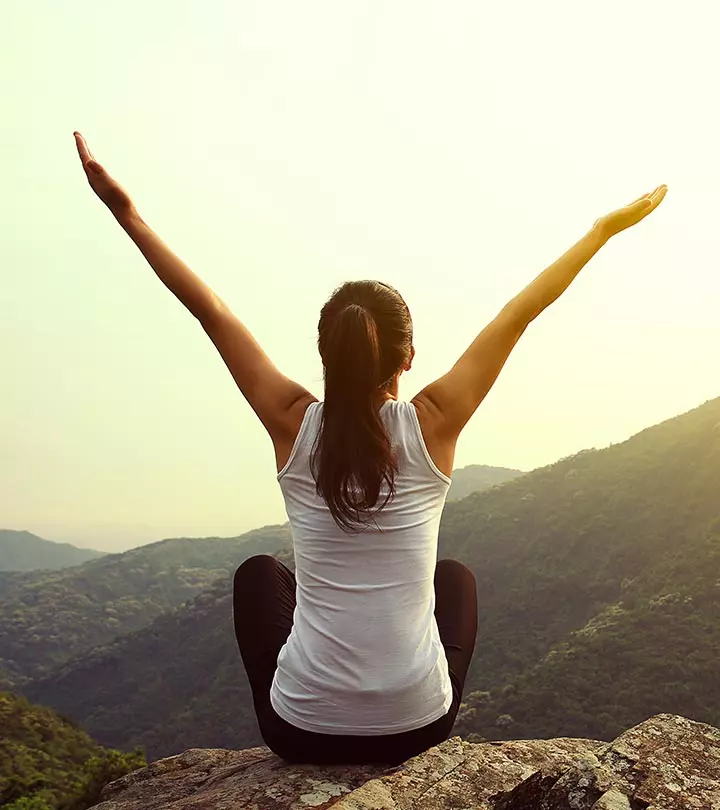
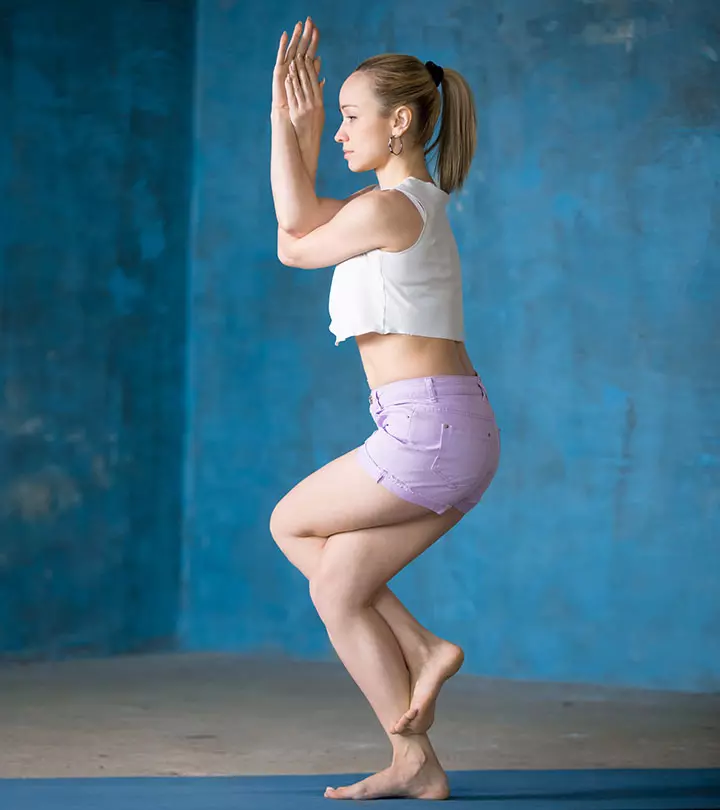
Community Experiences
Join the conversation and become a part of our empowering community! Share your stories, experiences, and insights to connect with other beauty, lifestyle, and health enthusiasts.